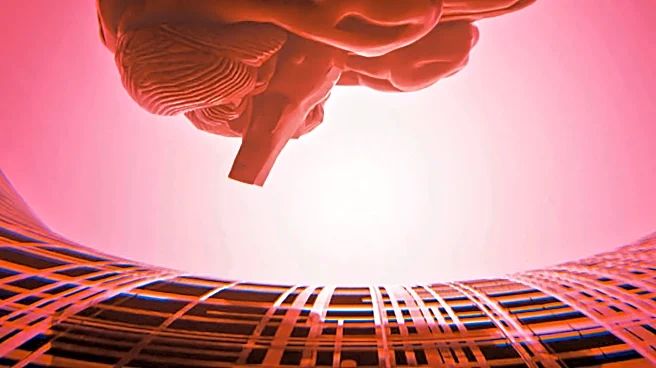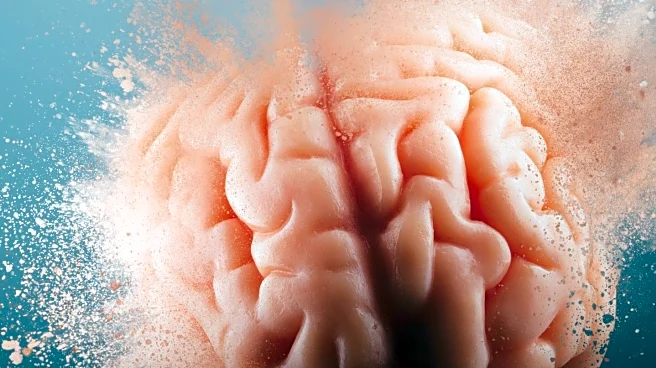What's Happening?
Researchers at Stanford Medicine have conducted a study to understand the decline in spatial memory associated with aging. The study focused on the medial entorhinal cortex, a brain region crucial for spatial navigation, often referred to as the brain's GPS. The research involved comparing young, middle-aged, and old mice, revealing that older mice exhibited less stable activity in this brain region, leading to confusion in spatial memory tests. The study suggests that while spatial memory decline is common with age, it is not inevitable, as some older mice performed as well as younger ones. The findings could have implications for understanding dementia and cognitive decline in humans.
Why It's Important?
The study's findings are significant as they provide insights into the mechanisms of cognitive decline associated with aging, particularly in spatial memory. This research could inform future strategies for preventing or mitigating age-related cognitive impairments, including dementia. Understanding the variability in aging and cognitive resilience could lead to personalized approaches in treating or delaying cognitive decline. The study also highlights potential genetic factors that may influence cognitive aging, offering new avenues for research and therapeutic development.
What's Next?
Future research may focus on identifying genetic markers associated with cognitive resilience in aging, potentially leading to targeted therapies. The study's findings could also prompt further investigation into the role of the medial entorhinal cortex in human cognitive aging and dementia. Researchers may explore interventions to stabilize grid cell activity in the brain, potentially improving spatial memory in older individuals. Additionally, the study may encourage the development of diagnostic tools for early detection of cognitive decline.









